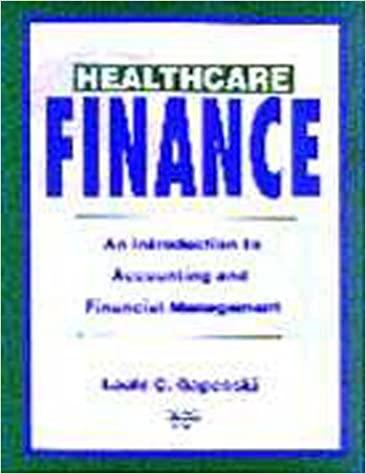Answered step by step
Verified Expert Solution
Question
1 Approved Answer
You manage a REIT. You set up the following cash flow pro forma for a target property. 0 1 2 3 4 5 PBTCF* 5.00
| You manage a REIT. You set up the following cash flow pro forma for a target property. | |||||||
| 0 | 1 | 2 | 3 | 4 | 5 | ||
| PBTCF* | 5.00 | 5.15 | 5.30 | 5.46 | 121.55 | ||
| Debt Service** | (2.00) | (2.00) | (2.00) | (2.00) | (52.00) | ||
| EBTCF | 3.00 | 3.15 | 3.30 | 3.46 | 69.55 | ||
| Income Tax | - | - | - | - | - | ||
| EATCF | 3.00 | 3.15 | 3.30 | 3.46 | 69.55 | ||
| * PBTCF includes the reversion value in year 5. ** Debt service includes the principal repayment in year 5. | |||||||
| 5-1. The expected total return to the property (i.e., property discount rate) is 8%. What is the property value as of year 0 (i.e., the present discounted value of PBTCF from year 1 to year 5)? | |||||||
| Discount Rate | 8% | ||||||
| 0 | 1 | 2 | 3 | 4 | 5 | ||
| Property Value | |||||||
| 5-2. What are the expected property values as of years 1, 2, 3, 4, and 5? For example, the year 3 property value is the sum of discounted PBTCF for years 4 and 5. | |||||||
| 1 | 2 | 3 | 4 | 5 | |||
| Expected Property Values | $115.93 | ||||||
| 5-3. Does the property value appreciation rate that you derived in 5-2 seem to be consistent with the PBTCF appreciation rate? | |||||||
| Answer | Yes/No | ||||||
| Additional Comment | |||||||
| 5-4. The expected total return to debt (i.e., debt discount rate) is 4%. What is the value of debt as of year 0 (i.e., the present discounted value of debt service from year 1 to year 5)? | |||||||
| Discount Rate | 4% | ||||||
| 0 | 1 | 2 | 3 | 4 | 5 | ||
| Debt Value | |||||||
| 5-5. What are the expected debt values as of years 1, 2, 3, 4, and 5? For example, the year 3 debt value is the sum of discounted debt service for years 4 and 5. | |||||||
| 1 | 2 | 3 | 4 | 5 | |||
| Expected Debt Values | $50.00 | ||||||
| 5-6. What is the equity value as of year 0? Hint: The sum of debt and equity values has to be equal to the property value at each point in time. | |||||||
| Answer | |||||||
| 5-7. What are the leverage ratios for years 0, 1, 2, 3, and 4? The leverage ratio is calculated on the basis of the property and debt values for each year. | |||||||
| 0 | 1 | 2 | 3 | 4 | |||
| Leverage Ratio | |||||||
| 5-8. What are the expected total equity returns for years 0, 1, 2, 3, and 4? Use WACC version 2. The "year 0 return" will be used as the discount rate between years 0 and 1. | |||||||
| 0 | 1 | 2 | 3 | 4 | |||
| Equity Return | |||||||
| 5-9. Calculate the discount factor for EATCF for each year. For example, the discount factor for the year-1 EATCF equals 1/(1+equity return for year 0), the discount factor for the year-2 EATCF equals 1/(1+equity return for year 0)/(1+equity return for year 1), and so on. | |||||||
| 0 | 1 | 2 | 3 | 4 | 5 | ||
| Discount Factor | 1 | ||||||
| 5-10. What is the equity value based on the discounted EATCF (i.e., EATCF*Discount_Factor)? Make sure this value equals your answer to question 5-6. | |||||||
| 0 | 1 | 2 | 3 | 4 | 5 | ||
| Equity Value | |||||||
| 5-11. What is the (wrong) equity value by discounting EATCF by the property discount rate? | |||||||
| 0 | 1 | 2 | 3 | 4 | 5 | ||
| Equity Value | |||||||
Step by Step Solution
There are 3 Steps involved in it
Step: 1

Get Instant Access to Expert-Tailored Solutions
See step-by-step solutions with expert insights and AI powered tools for academic success
Step: 2

Step: 3

Ace Your Homework with AI
Get the answers you need in no time with our AI-driven, step-by-step assistance
Get Started


